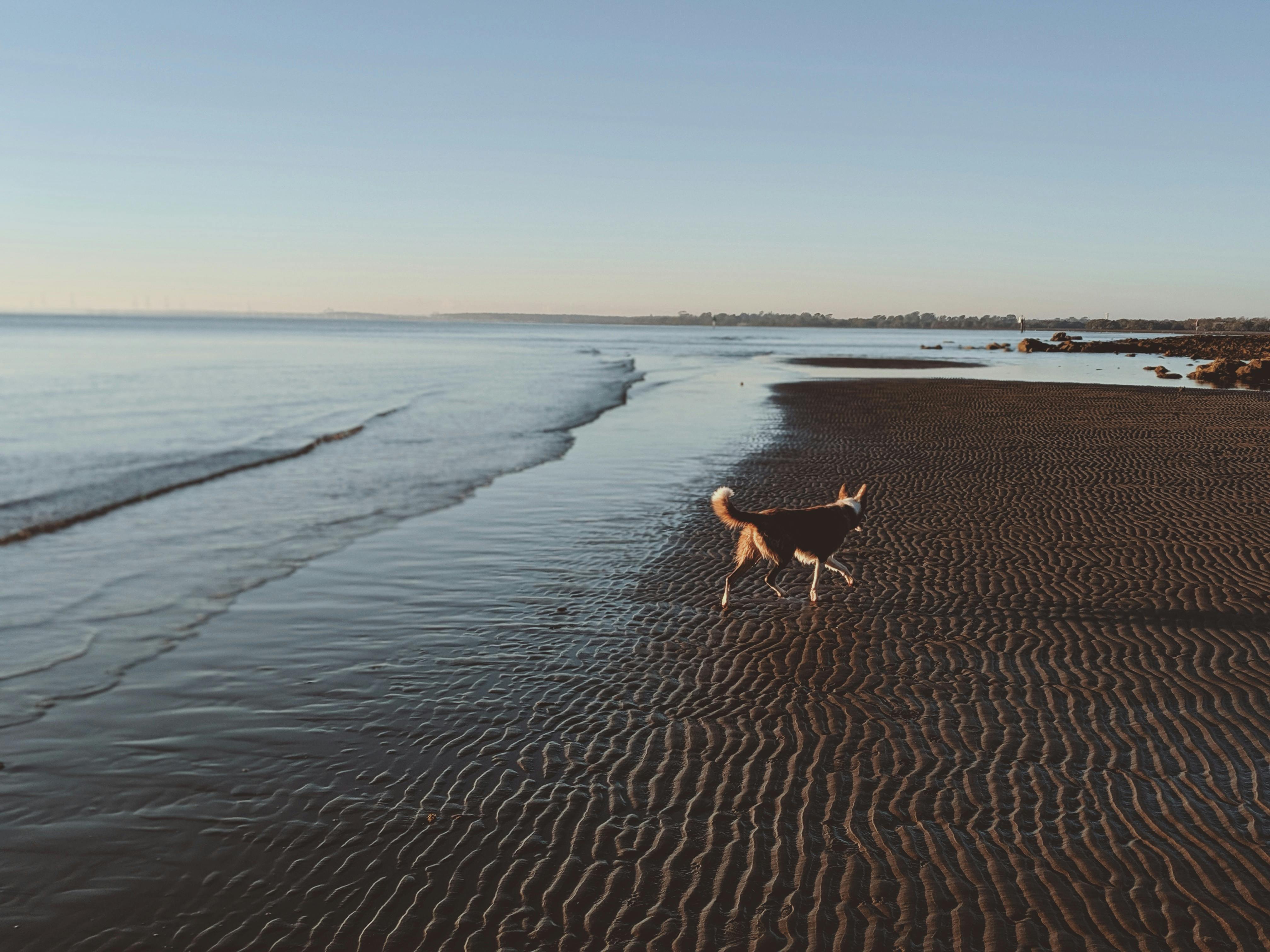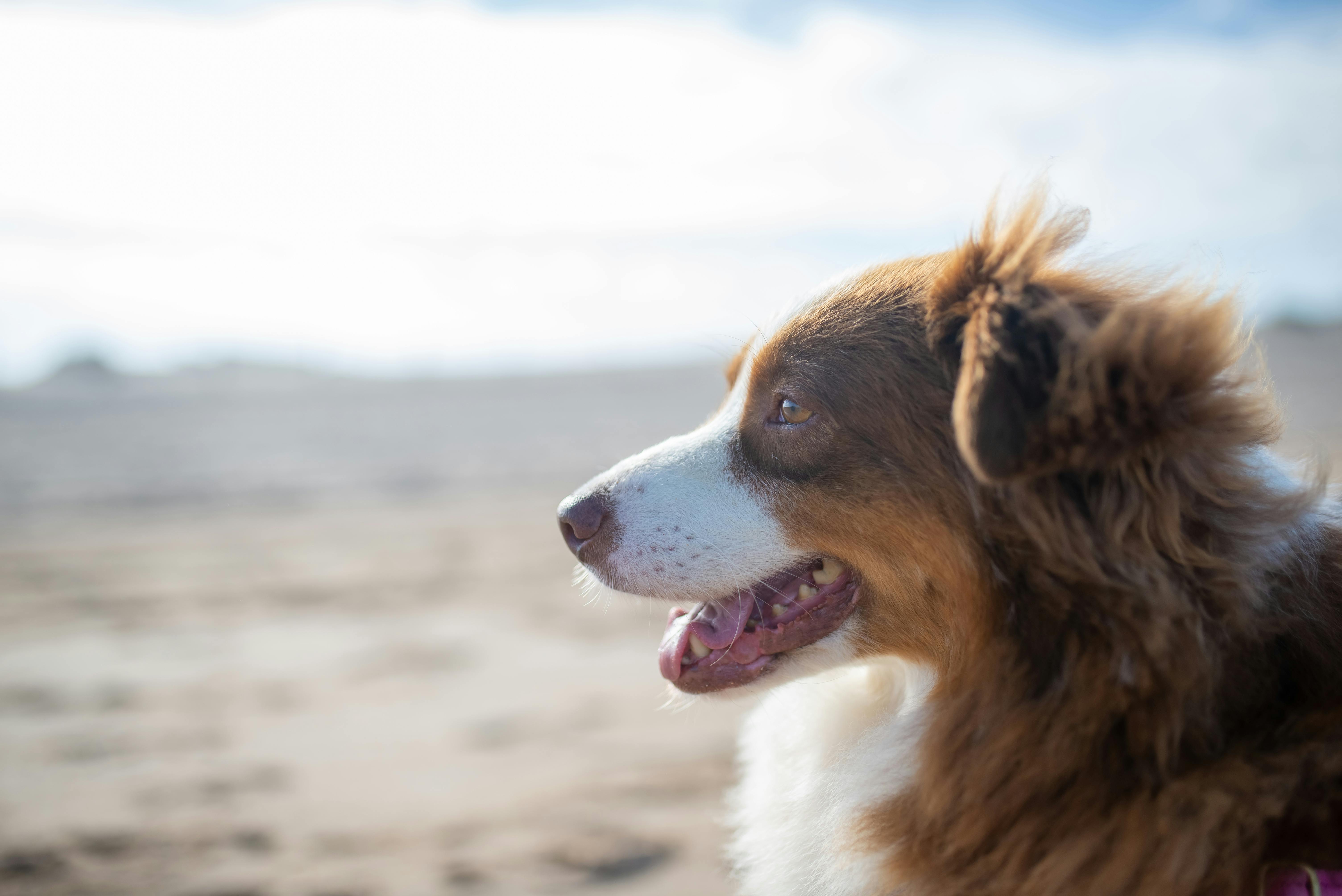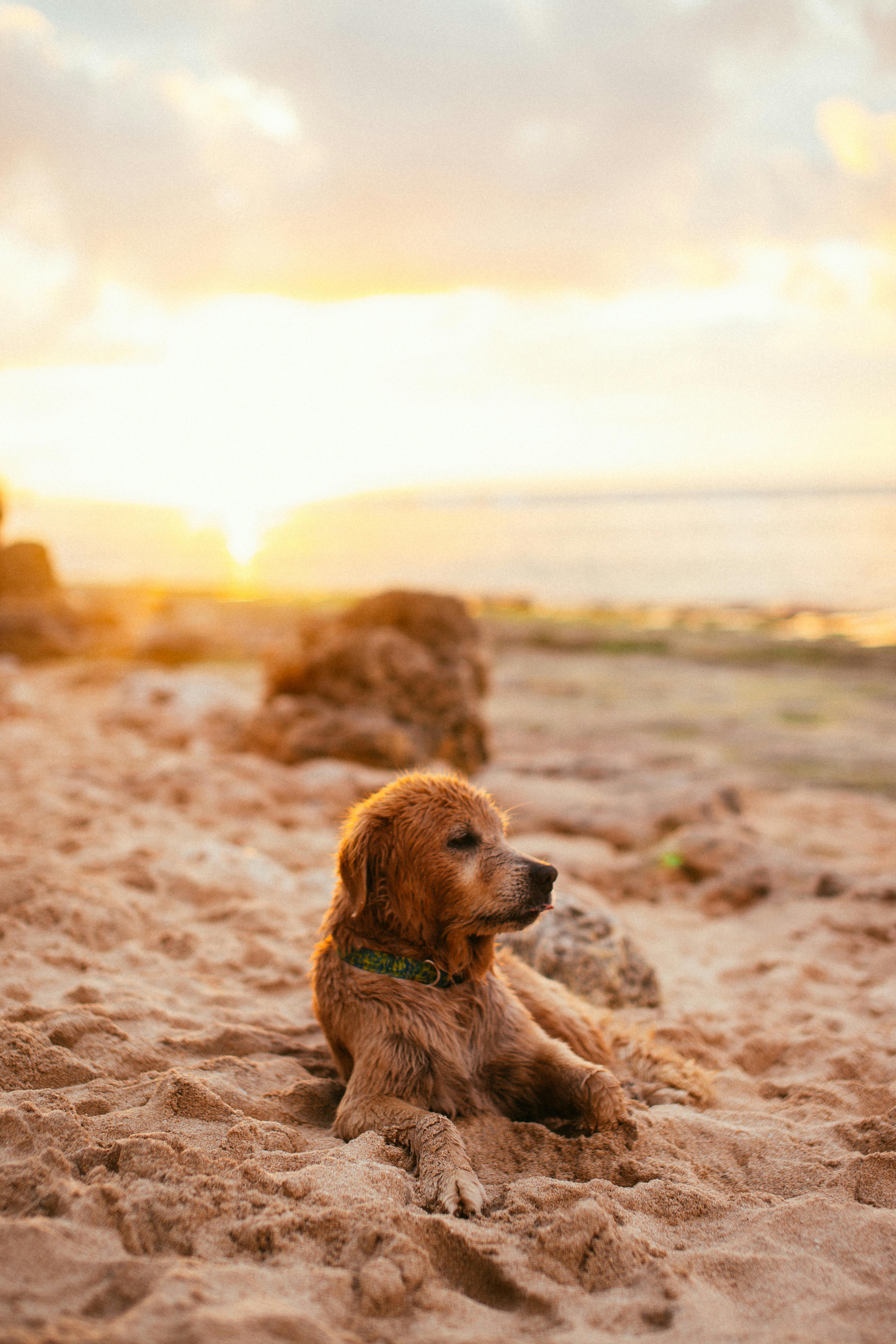Dealing with Red Tide or Algae Blooms: A Dog Owner’s Beach Guide
Florida’s beaches are paradise for pups, but red tide and algae blooms can pose hidden dangers. Here’s how to keep your dog safe during these natural events.
🌊 What Is Red Tide?
Red tide occurs when microscopic algae, especially Karenia brevis, multiply rapidly in warm coastal waters. These blooms release toxins that can irritate eyes, skin, and lungs—and can be harmful or even deadly to marine life and pets.
🐕 Why It’s Dangerous for Dogs
Dogs are more vulnerable than humans because they love to swim, sniff, and drink seawater. Exposure to toxic algae can cause:
- Coughing, sneezing, or eye irritation
- Vomiting, drooling, or diarrhea
- Lethargy or staggering
- Breathing trouble or seizures (in severe cases)
If your dog shows any of these signs after visiting the beach, contact a veterinarian immediately.
⚠️ Safety Tips During a Bloom
- Check conditions first: Use the FWC Red Tide Map before visiting any beach.
- Avoid swimming: If the water looks discolored or smells bad, skip it.
- Rinse off: Always wash your dog with fresh water after a beach visit.
- Stay leashed: Keep your dog from drinking or licking seawater or foam.
🌤️ Safer Alternatives
When red tide or algae blooms are active, try visiting:
- Dog-friendly freshwater springs or rivers (check local advisories first)
- Inland parks and shaded walking trails
- Backyard kiddie pools for a safe splash
🐾 Quick Safety Checklist
- ✅ Check beach conditions before every trip
- ✅ Avoid red or discolored water
- ✅ Rinse your dog after swimming
- ✅ Bring bottled water and a bowl
- ✅ Watch for signs of illness after beach days
When in doubt, sit this one out — a safe dog day is better than a risky swim.


